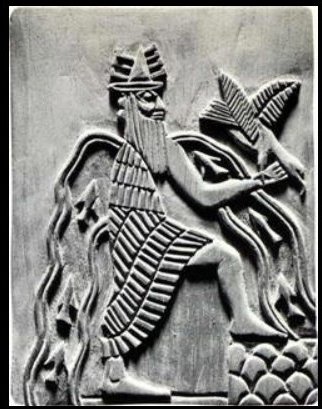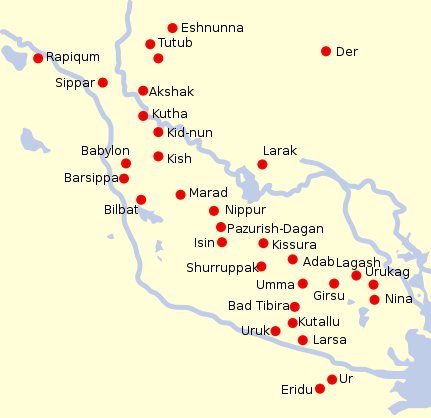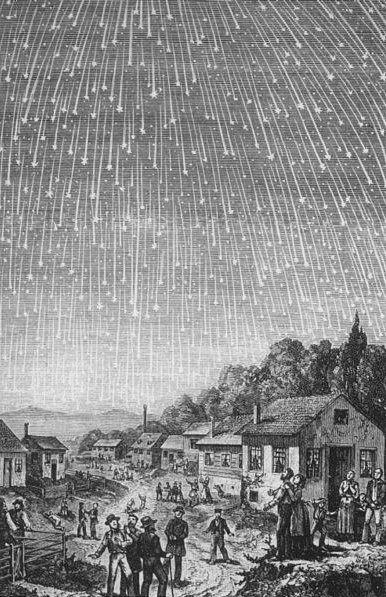This gives us much food for thought. It seems as if the structure 288 + 77 = 365 was applied to connect more than one pair of stars (dates):
370 'happens to be' equal to half the number of glyphs on the C tablet (392 + 348 = 740) = 370, and 161 is the day number for June 10 (10/6) when the month of the Oak-god began and the Mad Hatter (Quicksilver, Mercury) stood up: ... The month, which takes its name from Juppiter the oak-god, begins on June 10th and ends of July 7th. Midway comes St. John's Day, June 24th, the day on which the oak-king was sacrificially burned alive. The Celtic year was divided into two halves with the second half beginning in July, apparently after a seven-day wake, or funeral feast, in the oak-king's honour ...
The distance from the heliacal stars Bright Fire and Zibal to the nightside stars Lesath respectively Dubhe was 4 * 29½ = 118 right ascension days. The nightside quarter (of 472) - the Sun quarter (of 364) = 118 - 91 = 27 (= 392 - 365). ... When the Sun in day 288 (= 2 * 144) reached Benetnash in Ursa Major the Full Moon would be at the right ascension line closing up to the north pole star (Polaris) ...
... The canoes of Ava Rei Pua and of Hotu were seen near the (off-shore) islets. On the fifteenth day of the month of October (tangaroa uri) the canoe of Hotu and the canoe of Ava Rei Pua landed. On the fifteenth day of the month of October (tangaroa uri), Nonoma left the house during the night to urinate outside. At this point Ira called out to Nonoma, 'Look at the canoe!' Nonoma ran, he quickly went to Te Hikinga Heru (a ravine in the side of the crater Rano Kau) and looked around. There he saw the double canoe way out near the (offshore) islets, and the two (hulls of the canoe) were lashed together. He ran and returned to the front of the house. He arrived and called into the house: 'Hey you! This canoe has arrived during the night without our noticing it!' Ira asked Nonoma, 'Where is the canoe, which you say is lying out there (in the water)?' Nonoma's voice came back: 'It is out there (in the water) close to the (offshore) islets! There it lies, and the two (hulls) are lashed together.' The four of them (corrected for 'the six of them') went out and picked up leaves (on branches) to give signals. They picked them up, went and arrived at Te Hikinga and saw the canoe. Raparenga got up, picked up the leaves, took them in his hands, and waved, waved, waved, waved ... [E:75] ... The 15th day of October (288) was the same day as that which the Pope Gregory XIII had chosen for the beginning of his new calendar ... Presumably these arrangements were all dependent upon Nunki (*288.4). ... This [σ Sagittarii] has been identified with Nunki of the Euphratean Tablet of the Thirty Stars, the Star of the Proclamation of the Sea, this Sea being the quarter occupied by Aquarius, Capricornus, Delphinus, Pisces, and Pisces Australis. It is the same space in the sky that Aratos designated as Water ...
... This [η Carinae] is one of the most noted objects in the heavens, perhaps even so in almost prehistoric times, for Babylonian inscriptions seem to refer to a star noticeable from occasional faintness in its light, that Jensen thinks was η. And he claims it as one of the temple stars associated with Ea, or Ia, of Eridhu¹, the Lord of Waters, otherwise known as Oannes², the mysterious human fish and greatest god of the kingdom.
¹ Eridhu, or Eri-duga, the Holy City, Nunki, or Nunpe, one of the oldest cities in the world, even in ancient Babylonia, was that kingdom's flourishing port on the Persian Gulf, but, by the encroachment of the delta, its site is now one hundred miles inland. In its vicinity the Babylonians located their sacred Tree of Life.
² Berōssōs described Oannes as the teacher of early man in all knowledge; and in mythology he was even the creator of man and the father of Tammuz and Ishtar, themselves associated with other stars and sky figures. Jensen thinks Oannes connected with the stars of Capricorn; Lockyer finds his counterpart in the god Chnemu of Southern Egypt; and some have regarded him as the prototype of Noah ...
... The Mesopotamian cylinder seal shows in the upper part the 'God Boat'; in the lower part people are building a ziggurat, the proposition being that the boat is bringing the me from Eridu-Canopus, the measures of creation ...
For instance could page 300 / 4 in Manuscript E have been intended to point out that when leaves were picked up and the words were 'waved, waved, waved, waved' (4 times 75 = 300), ... The four of them (corrected for [rather: changed from] 'the six of them') went out and picked up leaves (on branches) to give signals ... this was when 'water' was delivered down south of the equator - where, however, the seasons were reversed and where instead it was the light for terra firma ('leaves') which was pouring down,
- at 'landfall' in day 288 (4 times 72 = 8 * 36). ... The Pythagoreans make Phaeton fall into Eridanus, burning part of its water, and glowing still at the time when the Argonauts passed by. Ovid stated that since the fall the Nile hides its sources. Rigveda 9.73.3 says that the Great Varuna has hidden the ocean. The Mahabharata tells in its own style why the 'heavenly Ganga' had to be brought down. At the end of the Golden Age (Krita Yuga) a class of Asura who had fought against the 'gods' hid themselves in the ocean where the gods could not reach them, and planned to overthrow the government. So the gods implored Agastya (Canopus, alpha Carinae = Eridu) for help. The great Rishi did as he was bidden, drank up the water of the ocean, and thus laid bare the enemies, who were then slain by the gods. But now, there was no ocean anymore! Implored by the gods to fill the sea again, the Holy One replied: 'That water in sooth hath been digested by me. Some other expedient, therefore, must be thought of by you, if ye desire to make endeavour to fill the ocean ...
|
||||||||||||||||||||||||||||||||||||||||||||||||||||||||||||||||||||||||


.jpg)




.jpg)

